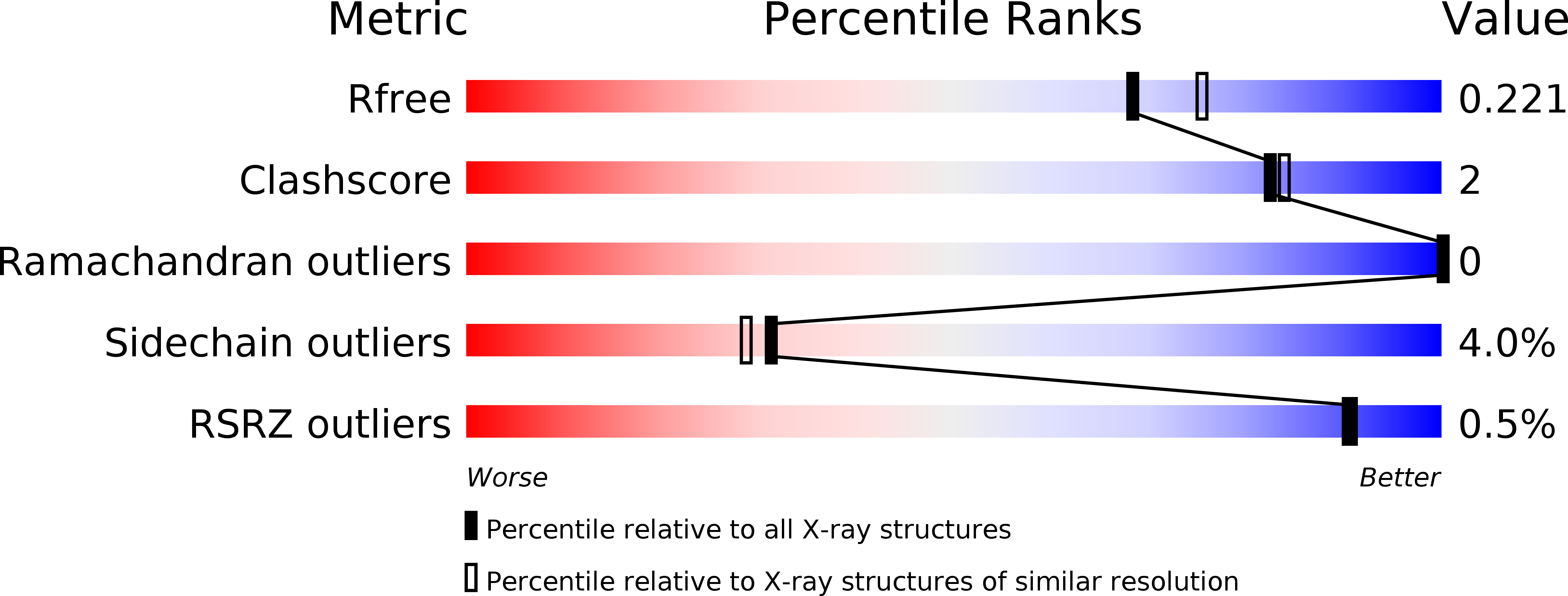
Deposition Date
1998-01-06
Release Date
1998-09-16
Last Version Date
2024-11-06
Method Details:
Experimental Method:
Resolution:
2.00 Å
R-Value Free:
0.22
R-Value Work:
0.18
R-Value Observed:
0.18
Space Group:
P 1 21 1


